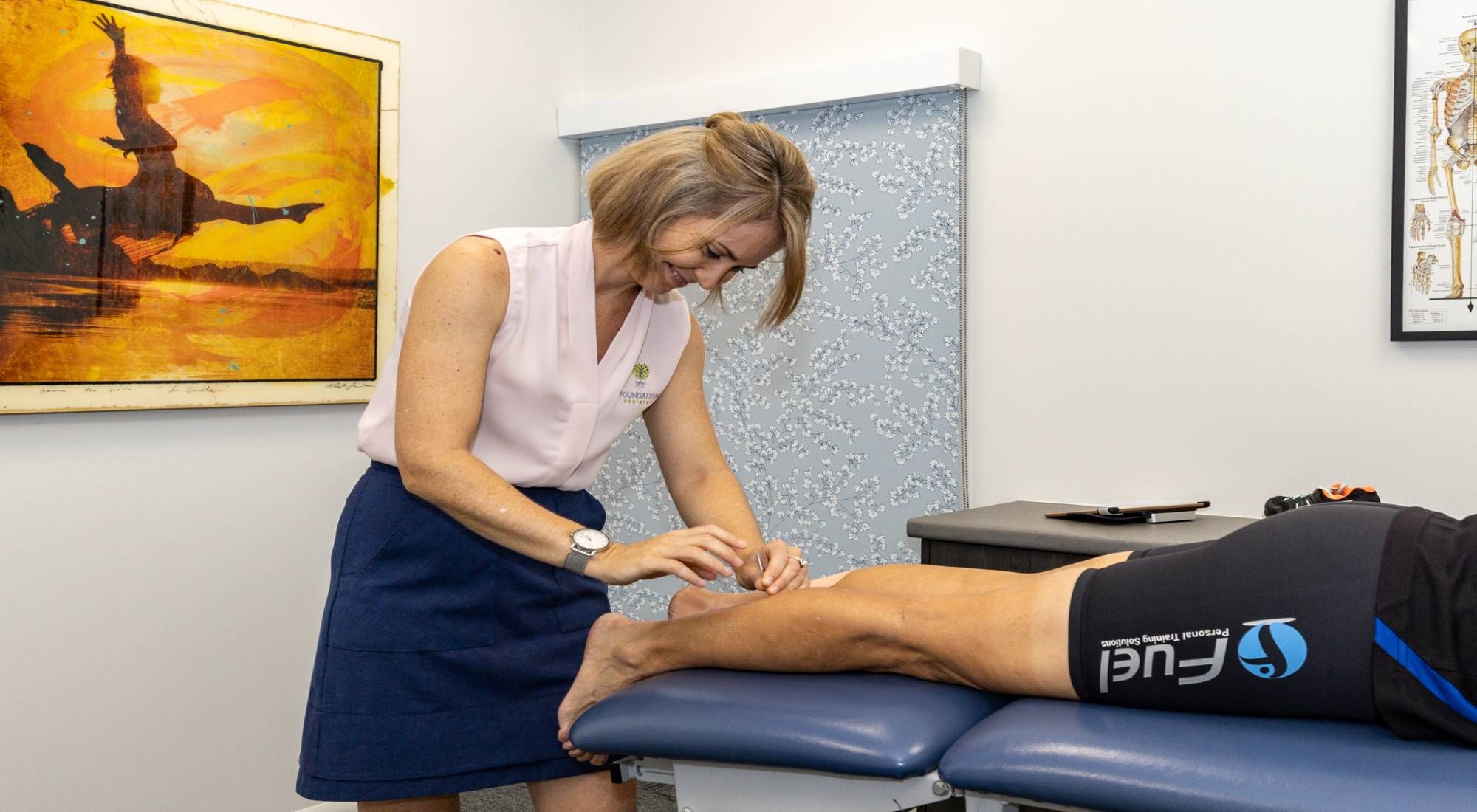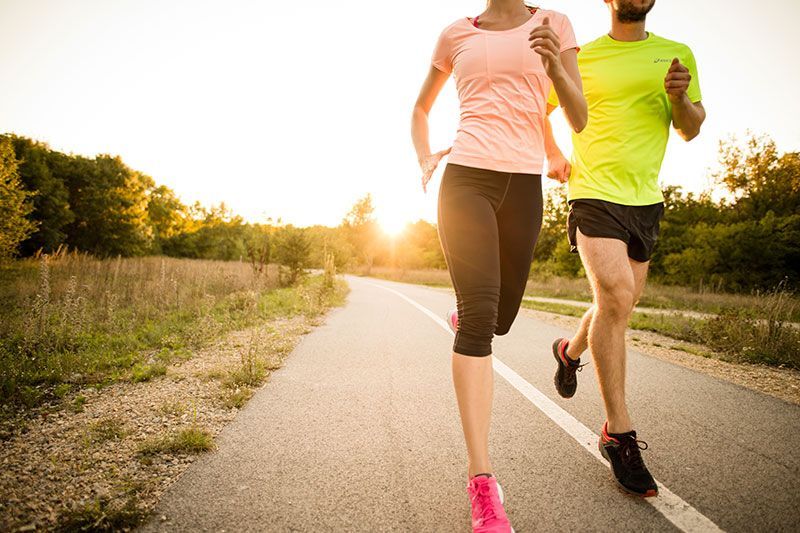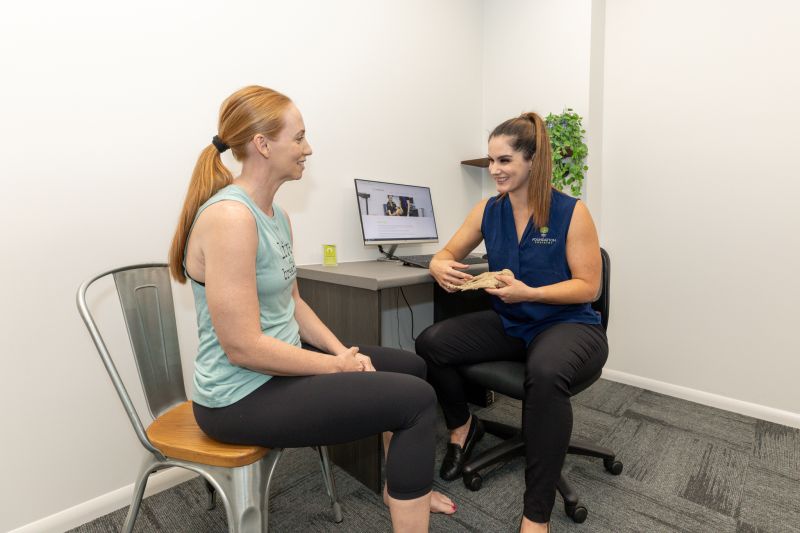More pages in this section
1st October 2021
All About Running Footwear
Correct Fitting
- A comfortable and correct fit is the most important consideration for all shoes.
- Incorrect fit can be the sole cause of pain or injury.
- Consider the length, width and depth of the shoe.
Heel Drop
- Heel drop is the difference in height of the rearfoot (under the heel) and the forefoot and is measured in mm. It can be 0mm,where the heel and forefoot are at the same height and up to 12mm where the heel is 12mm higher than forefoot.
- A sudden change from high to low heel drop is more likely to result in injury, than the height of the heel drop alone.
- Changing from high to low heel drop will increase the demand on the ankle joint and can result in hamstring, calf, achilles tendon and plantar fascia pain. Gradually making the change will allow time for the body to adapt and reduce the risk of injury/pain.
Changing from low to high heel drop can “offload” the ankle joint but may increase the demand on the knee joint. Gradually making the change allows for adaptation
Cushioning
- There is a large variety in types of cushioning. Extensive research and development is conducted into cushioning technology.
- Individual preference varies, there is no “right” or “wrong”. Neither type of cushioning is more is more superior however they are very different in what they offer.
- A gradual change from super soft maximal cushioning to firmer minimal cushioning is more important than the type of cushioning.
- Additional features are built in to running shoes such as carbon fibre plates to improve propulsive leverage or “rocker” soles to enhance propulsion are common in most brands.
When to Replace Your Shoes
- Consider the length of time you have owned the shoe, if it's greater than 12 months it's less likely that the shoe is providing assistance.
- The age of the shoe from when it was manufactured should be considered. Shoes are made from rubber which fatigues over time and therefore they may not be providing adequate support and cushioning.
- Shoe mileage – keeping track of how many kms have been walked/run in the shoe provides a good guide for replacement. It's recommended use-age should be between 400-600km, possibly up to 800km. Many exercise Apps have a feature to track shoe mileage.
[feature-block]
Are you having pain when running or need some personalised footwear advice?
Our experienced Biomechanical Podiatrists can help!
[/feature-block]













